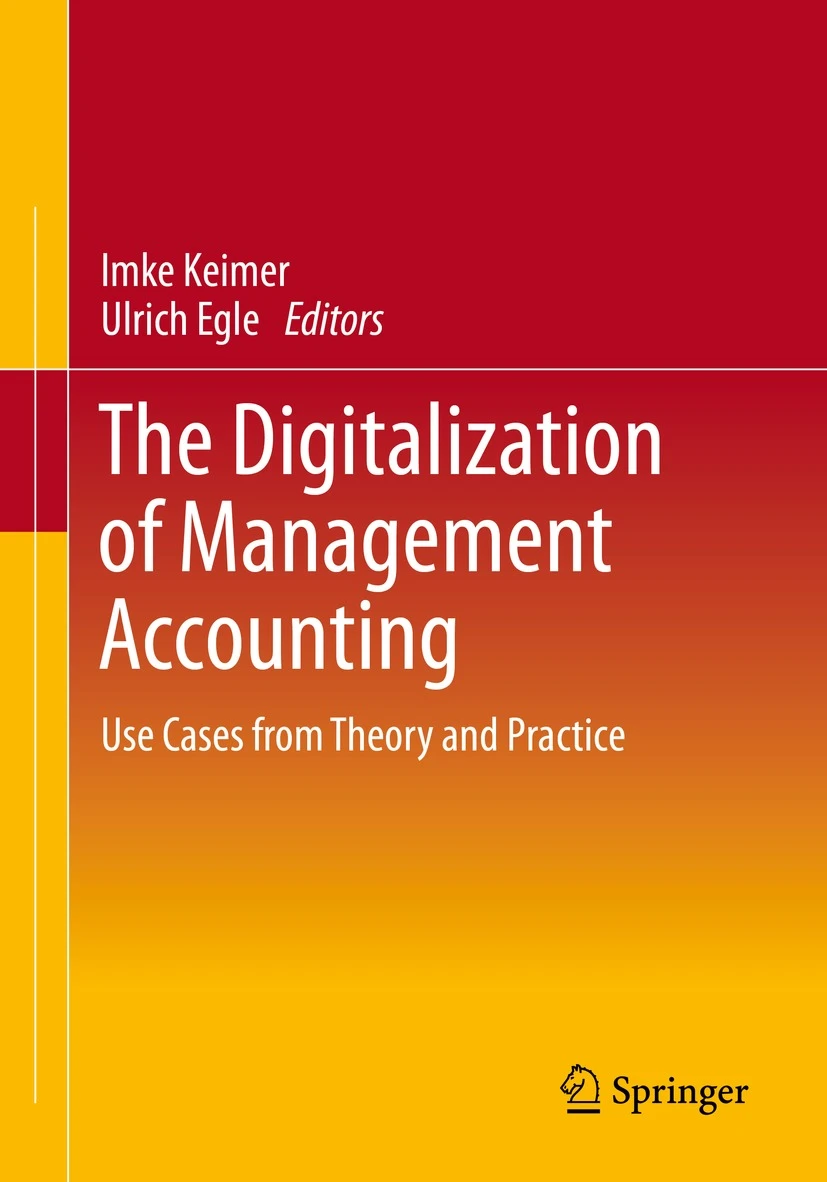
Business Intelligence is one of the key pillars of digital transformation and probably the most interesting one for the finance part of an organization. Data today is vital, so it is often named as the new oil. But just like oil, it also needs to be refined to be valuable. Data volumes are almost exponentially growing every day; therefore, it needs to be well structured and visualized to derive value from it.
To achieve this, good tools are needed. The interest in BI is rapidly growing globally and leads to a highly competitive market for BI-tools. There are plenty of good tools out there, buyers therefore are having a hard time to decide on one of them. Today, I’d like to bring one of them a bit closer to you: Microsoft Power BI.
Microsoft introduced Power BI initially in 2013. Back then, Excel together with the extensions Power Query and Power Pivot played a dominant role in the offering. In July 2015, Microsoft brought all of it together into one program and launched Power BI Desktop (a full client for Ad-hoc analysis, data preparation, Dashboards and data analysis) and Power BI Service (a Web service for content publishing and collaboration with team members). The most recent addition to the portfolio was in May 2017, when Power BI report server was introduced to meet the requirements of many customers to keep their data fully on-premises.
To cut a long story short: Power BI brings together Excel, Power Query and Power Pivot in one piece of software, optimized for reporting purposes. Data can be extracted with the help of many native connectors, transformed to bring it into the right shape, and visualized it to show actual insights.
Microsoft designed its BI-tool as a business-oriented solution which is very user-friendly, even to those who do not have a lot of experience in BI. It offers a comprehensive set of visualizations, such as bar charts, line charts, area charts, scatter charts, bubble charts, waterfall charts and geographical maps. Most of them offer drill-down functionality, so you can explore your data visually. Besides these features, Power BI offers natural language Queries as well as built-in machine learning algorithms that run through your data to search for patterns. For the statistic lovers, it supports functions such as confidence intervals, beta distribution and R-scripts. And to be up-to-date and ready for advanced analytics in BI, users can import data from the Azure Machine Learning platform.
In most cases, the more features a tool offers, the more complex it is to use it. This is not the case for Power BI: They have found a way to make also complex analysis easy.
According to a recent product review from BARC (Microsoft Power BI Product review, October 2017), the Top three reasons why organizations choose Power BI over the other BI-tools are:
Price Performance Ratio
Functionality
Ease of use
Microsoft did indeed put a lot of pressure on the BI-market with its prices. Compared to other tools Power BI is fairly cheap, it is however important to rate this case by case. The tool-box that comes with it is already quite comprehensive, still new features and functionalities are being released every month. With this high release pace, chances are high that if a needed feature is not available yet, it will be added in the near future. And as Power BI was created out of Excel, Power Pivot and Power Query, many people are used to the software already, which explains the ease of use. To end the list of pro’s, there is a very active community behind the tool, willing to support whenever needed. In most cases, your question has already been asked and there is a solution already available.
Every tool also has con‘s, which for Microsoft would be its tool maturity. The product is still young and the downside of having such a high release-pace is that sometimes some small, temporary bugs sneak into the system.
If you want to know more about Power BI, have a look at our Whitepaper or contact us directly. We’re looking forward to hearing from you!











